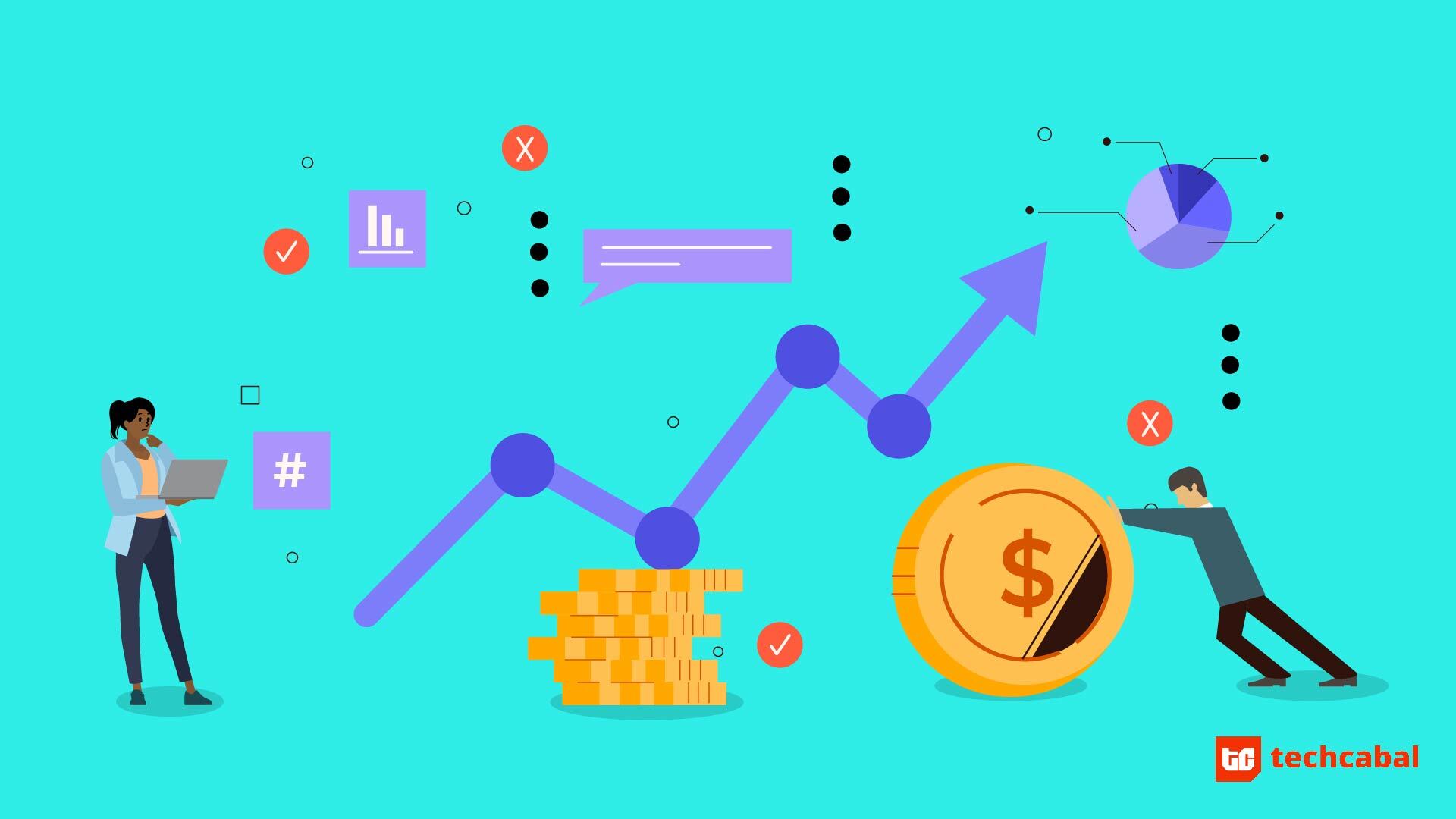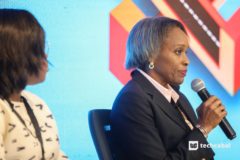You are reading Factsheet, our series of specific guides on experiencing and using technology platforms in Africa. Whether you are looking for knowledge on getting your African film on Netflix, raising a seed round or finishing an online design course, we are covering all that.
—
Iroko evokes a certain immensity. Slap that name on a new venture and it will naturally become huge in no time.
Yea, if wishes were horses. In reality, the startup building process especially in Africa is 100% blood, sweat, tears. And money.
It has been a long grind for Iroko, the video content company. Jason Njoku’s comments last week about reducing staff size and shifting focus away from the African market testify to the incredible difficulty of building in and for Africa.
This difficulty exists despite the fact that Iroko has raised about $40 million in venture capital since it was founded in 2011. The last major raise was from a $19 million Series E round in 2016. Before that, it raised $8 million in a Series D in 2013.
“Series E, Series D”?
In the world of startup financing, the letter of the alphabet attached to a funding round is a signpost of sorts. It expresses the number of times a startup has sought out external funding. The number of rounds also suggests the startup’s philosophy on growth.
As the Series E announcement said back in 2016, Iroko raised the money to “expand aggressively across the continent.”
Only a few African startups have closed five funding rounds as Iroko did. How do ticket sizes today compare to rounds over the past decade?
Pre-seed and Seed rounds: Cowrywise to Palmpay
Founders typically float a startup with personal funds, before seeking out investments from family, friends or external well-to-do individuals known as angel investors.
All of this broadly falls under the pre-seed funding stage. An angel round can vary from Cowrywise’s $50,000 in 2018 to Paga’s $700,000 in 2010. The size of the round is a function of first and second order connections who are available to take a gamble on a founding team’s idea.
Things get a bit more serious at the seed stage with institutional investors getting involved. A startup may take seed money at different dates from multiple sources, or hold one round. The amount can vary from $125,000 (as YCombinator gives) to millions as was the case with uLesson’s $3.1 million seed round last year in which TLcom Capital participated.
uLesson’s seed round was large in the African context but Palmpay’s $40 million is so far the largest seed-stage raise for any Africa-focused company. It spoke to the “aggressive growth” ambitions of the Chinese-backed company
Series A: Paystack to Lori Systems
Pre-seed and seed funding are about giving a startup impetus to enter a market and prove itself worthy of customer attention. Series A happens when the startup needs more financing to firmly establish affinity with those customers.
‘A’ rounds are almost always in the millions, from $6.6 million raised by mPharma in 2017 to Lori Systems’ raise reported to be up to $38.7 million.
Investors who enter a business before the Series A stage may be looking to exit the startup before an acquisition or IPO. Angel investors may just have convertible notes that are debt instruments to be redeemed in a startup’s future equity rounds.
But Series A investors are typically in it for a long run and are happy to provide strategic advice and support to help the startup scale.
Because they have a stake in actualizing the startup’s growth potential, they go beyond providing money to introducing them to networks of customers or suppliers to widen the product’s reach.
Some startups close a Series A and take a while before venturing into another round if they are comfortable with their pace of growth and in no hurry. Paystack’s last raise was an $8 million Series A in 2018 and CEO Shola Akinlade said recently they are at a happy place financially.
Others dial up the machine by pouring in more capital from investors, ostensibly to quickly take advantage of what they see as a post-Series A boom in adoption.
Series B: Andela to OPay
Most people outside Africa started paying attention to Andela in June 2016 after Mark Zuckerberg invested in the company’s $24 million Series B round through the Chan Zuckerberg Initiative. Omidyar Network also participated in that round.
It was a big deal, a massive coup by an Africa-focused startup birthed on the streets of Yaba, Lagos. Some startups had closed notable ‘B’ rounds before Andela – Paga’s $13 million in 2015 also featured Omidyar as an investor – but Andela immediately became the poster child of Africa Rising 2.0, tech version, after pulling in the billionaire Facebook founder.
Indeed, a successfully closed B round means investors approve of a startup’s need to attain a distinct level of growth. It might involve expanding operations beyond one geography or rolling out a new line of products.
In a word, Series B is the time to double down on nailing down business development.
More money is raised than in previous rounds, so due diligence is tougher as the startup’s growth assumptions will be interrogated especially by new investors into the company.
The aggression of the startup’s growth ambition can be perceived in the difference between the A and B rounds. Flutterwave moved from a $10 million Series A (and some follow-on financing) to $35 million in its Series B in 2019. Opay stunned everyone last year with its sensational $120 million Series B mere months after announcing its presence with a $50 million Series A.
Series C, D, E, etc: Cellulant, Konga, M-Kopa, Iroko
Every formal round after a Series A is not terribly different in terms of deal structure. The letter alphabet goes up with which one, and there might be one or two new investors coming in per round.
‘C’ stage companies know what they are about, having devoted the ‘B’ stage to defining their business development thesis.
Sometimes that defined philosophy and the goals following from it might hit a brick wall, as in Opay’s case with the ban on motorcycle taxis in Lagos this year. The company might choose to approach further fundraising with more caution, taking a step to reevaluate plans.
Those who have no such qualms might look to consolidate their gains with more funding.
Series C and D deals may not necessarily be big money deals (like Cellulant’s $47.5 million ‘C’ round in 2018, or Andela’s $100 million ‘D’ round in January 2019), provided it is a formal follow-up round with more institutional investors participating in it.
Pushing on from C and D with more funding is supposed to bring a startup closer to profitability (if it hasn’t attained it in previous rounds), or a form of exit through an acquisition or an IPO.





















